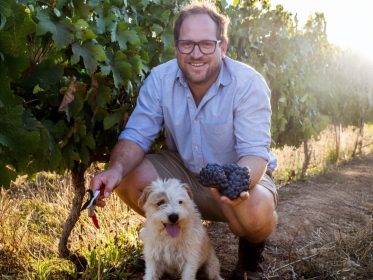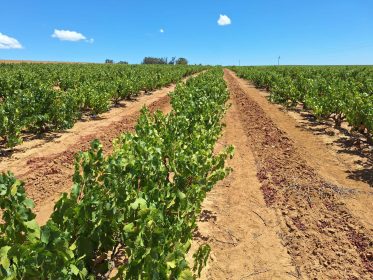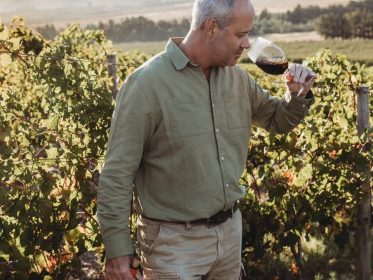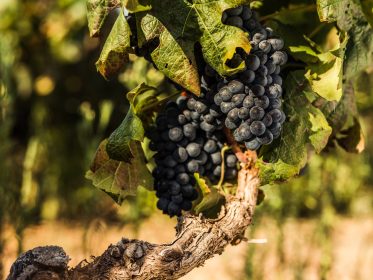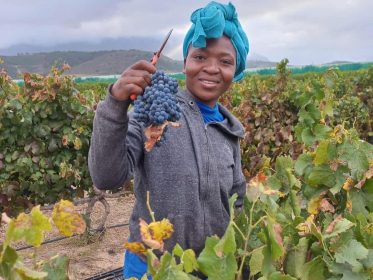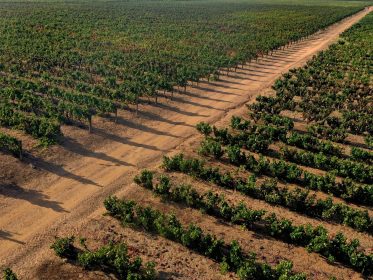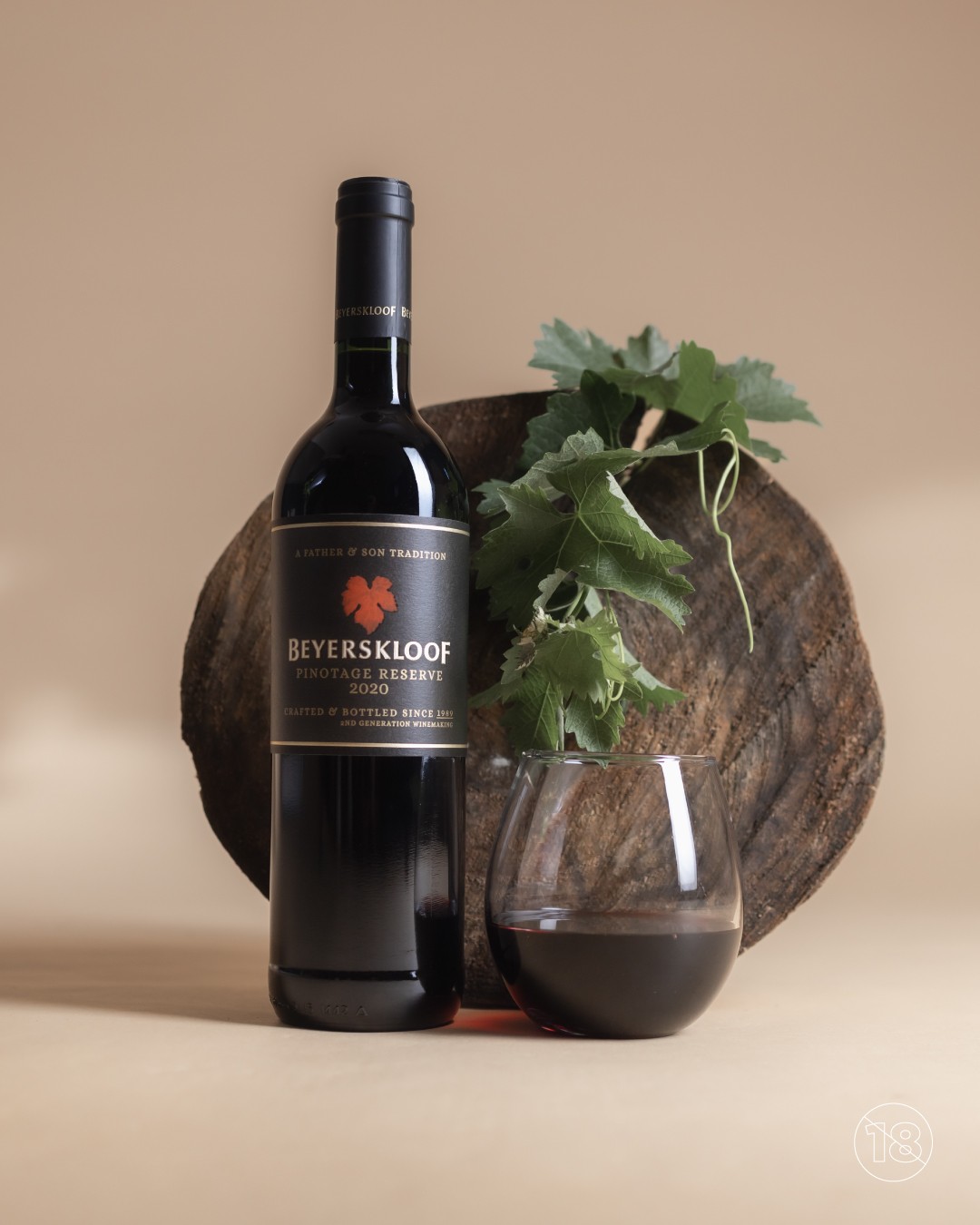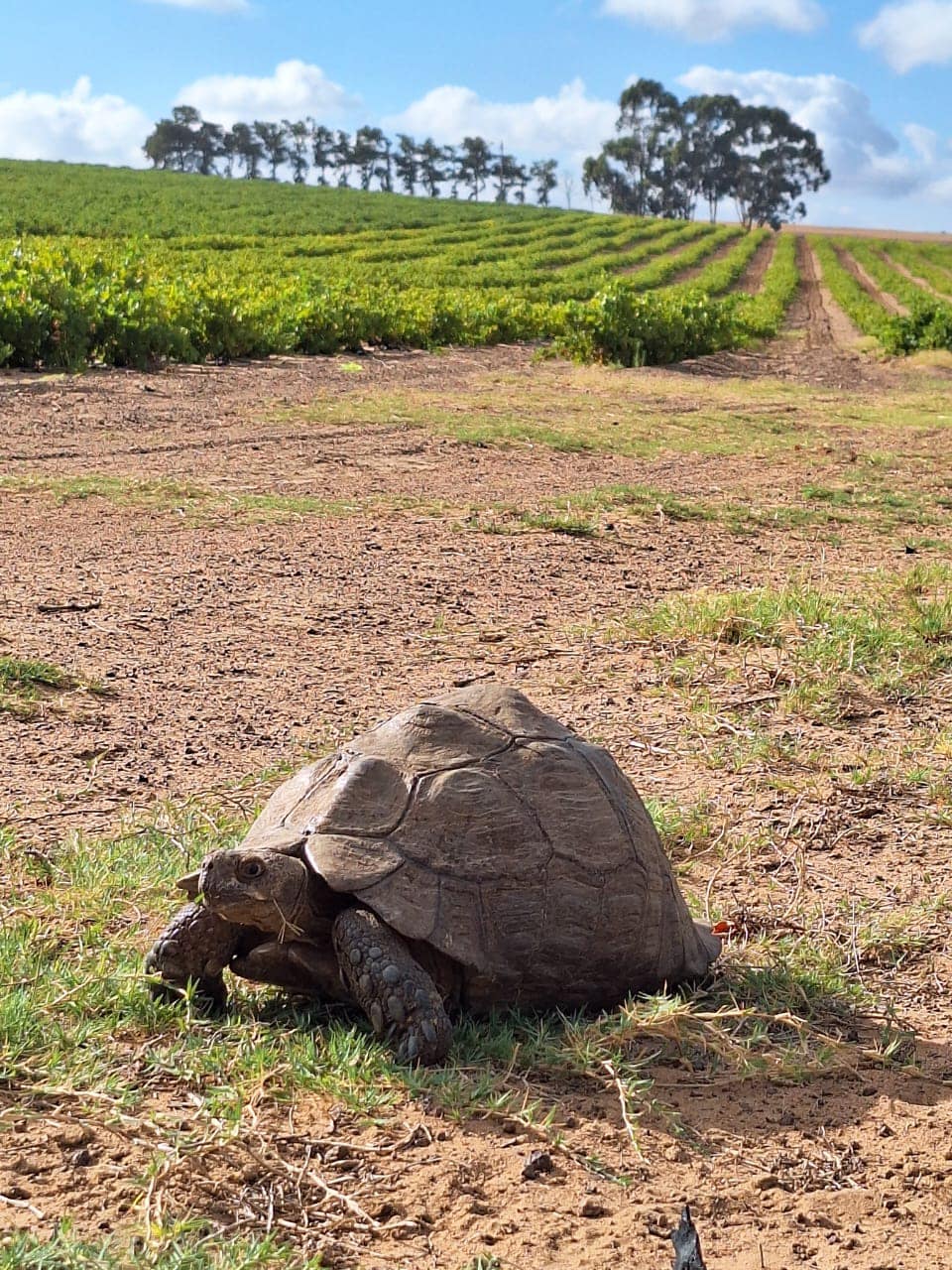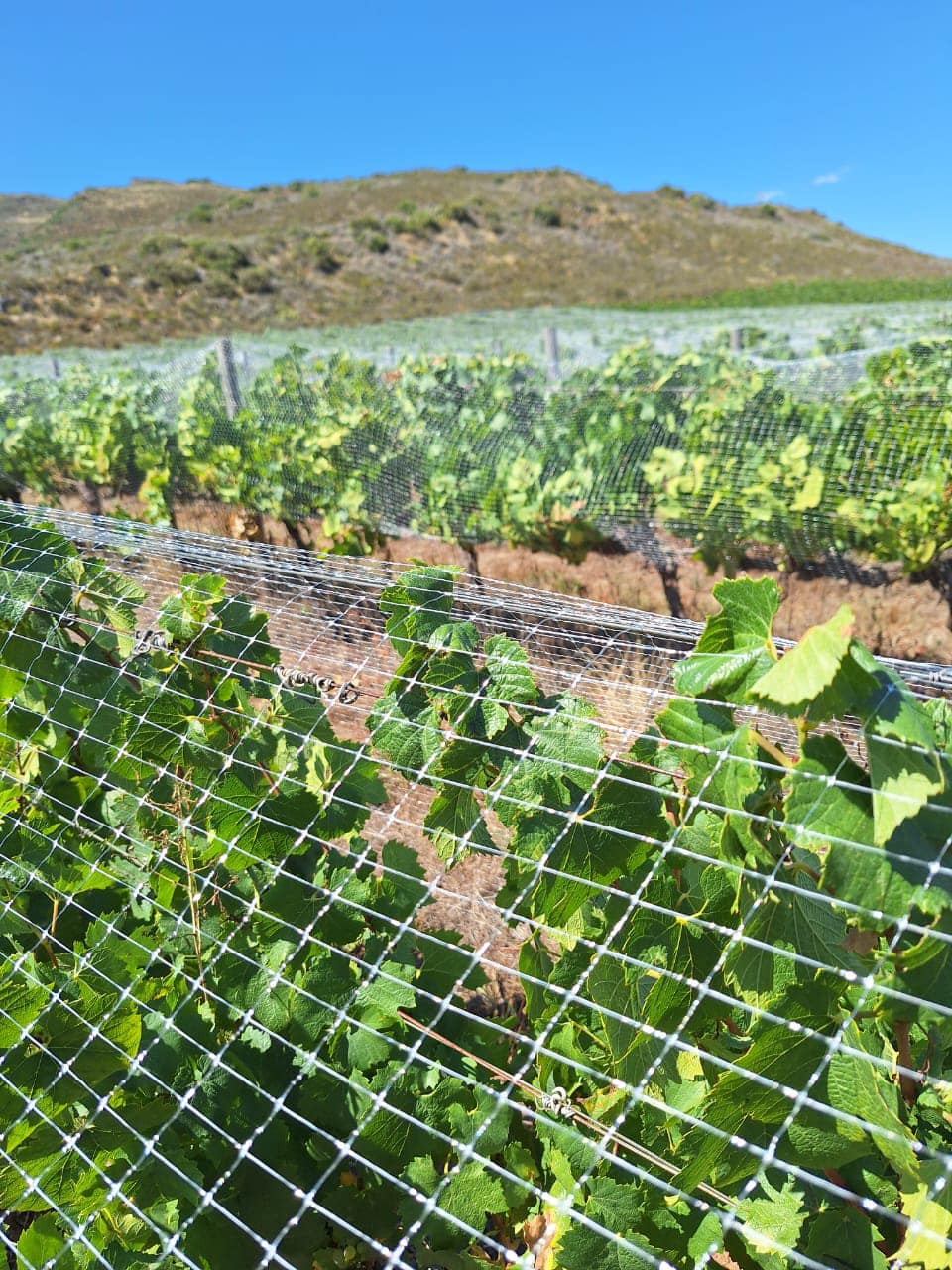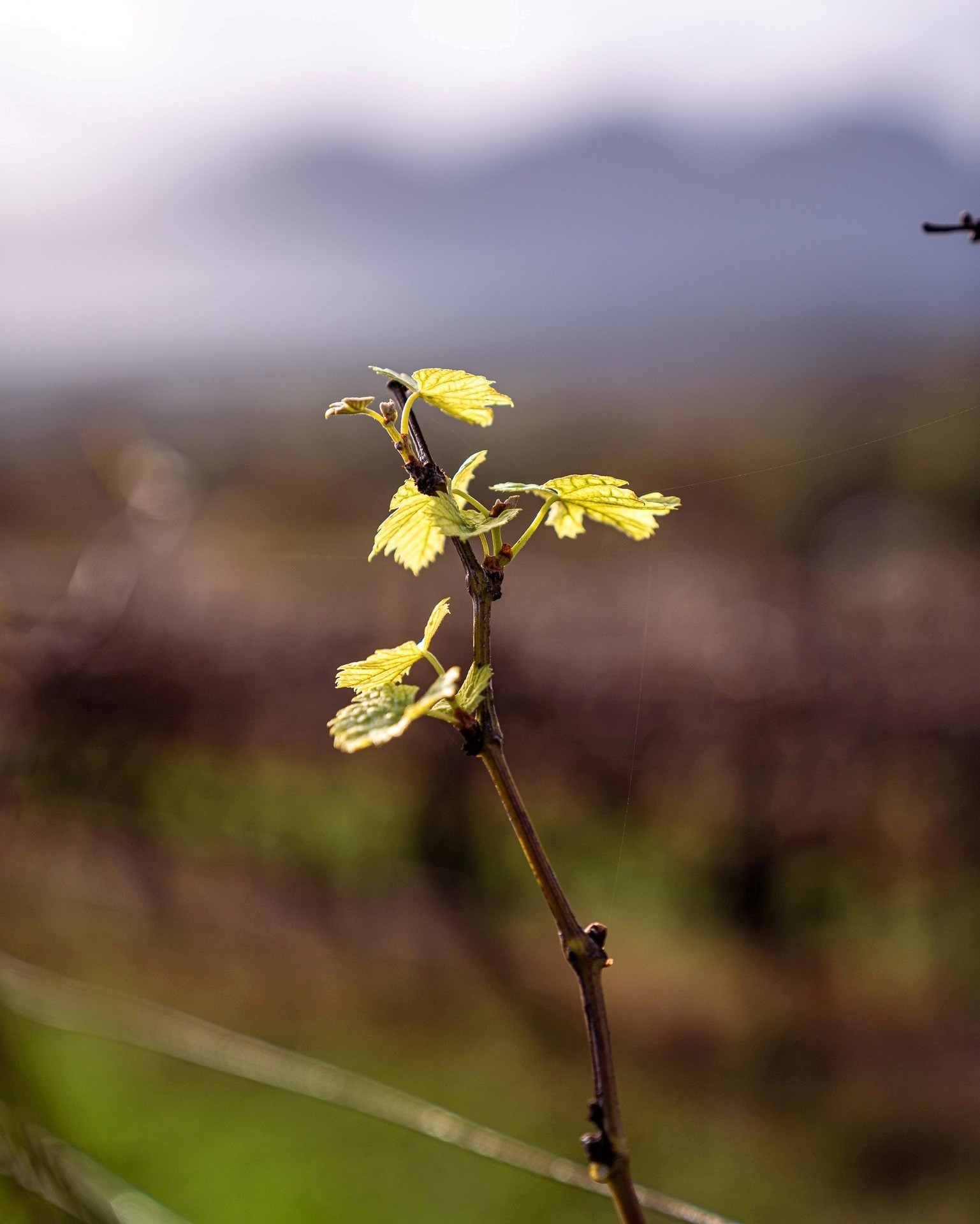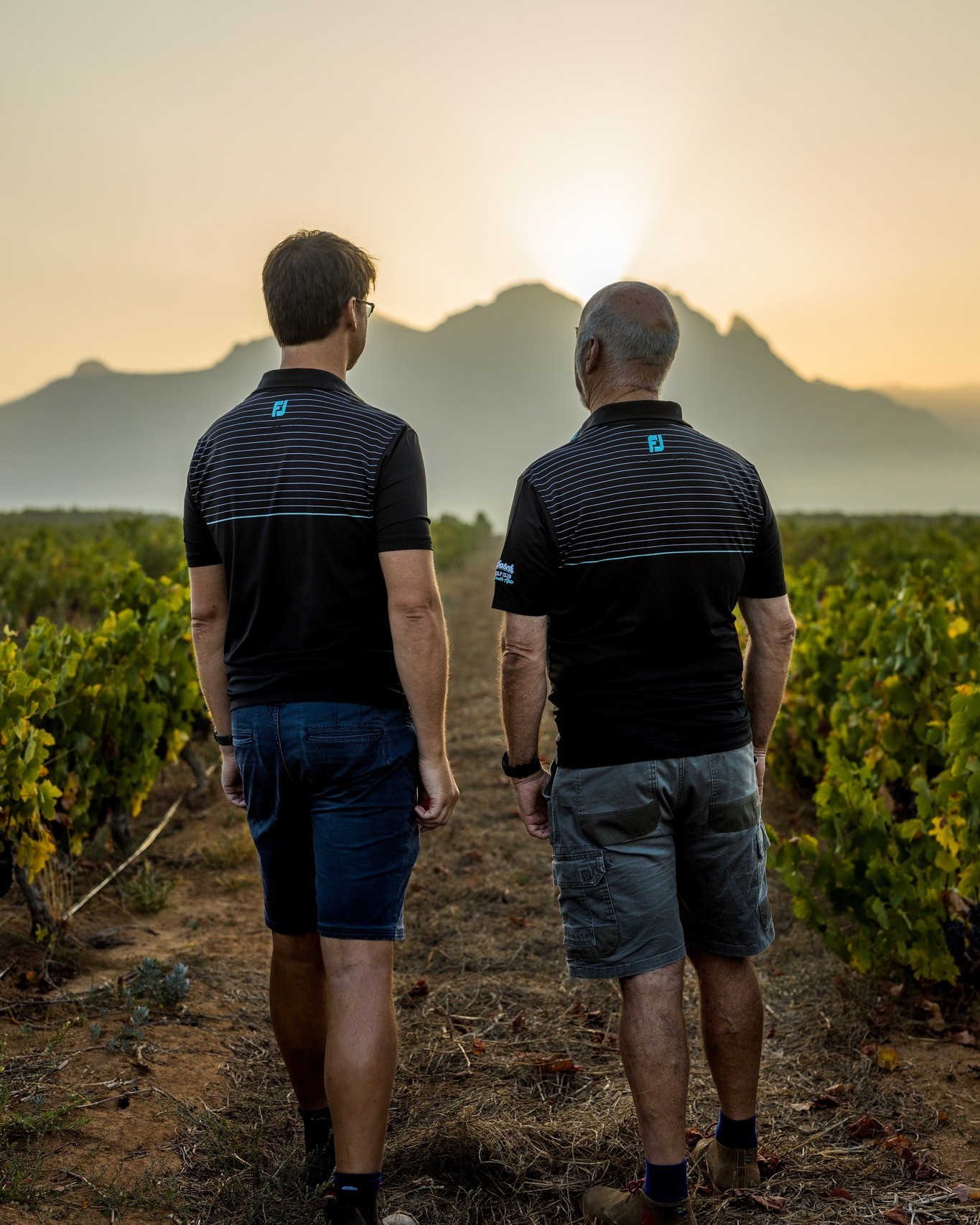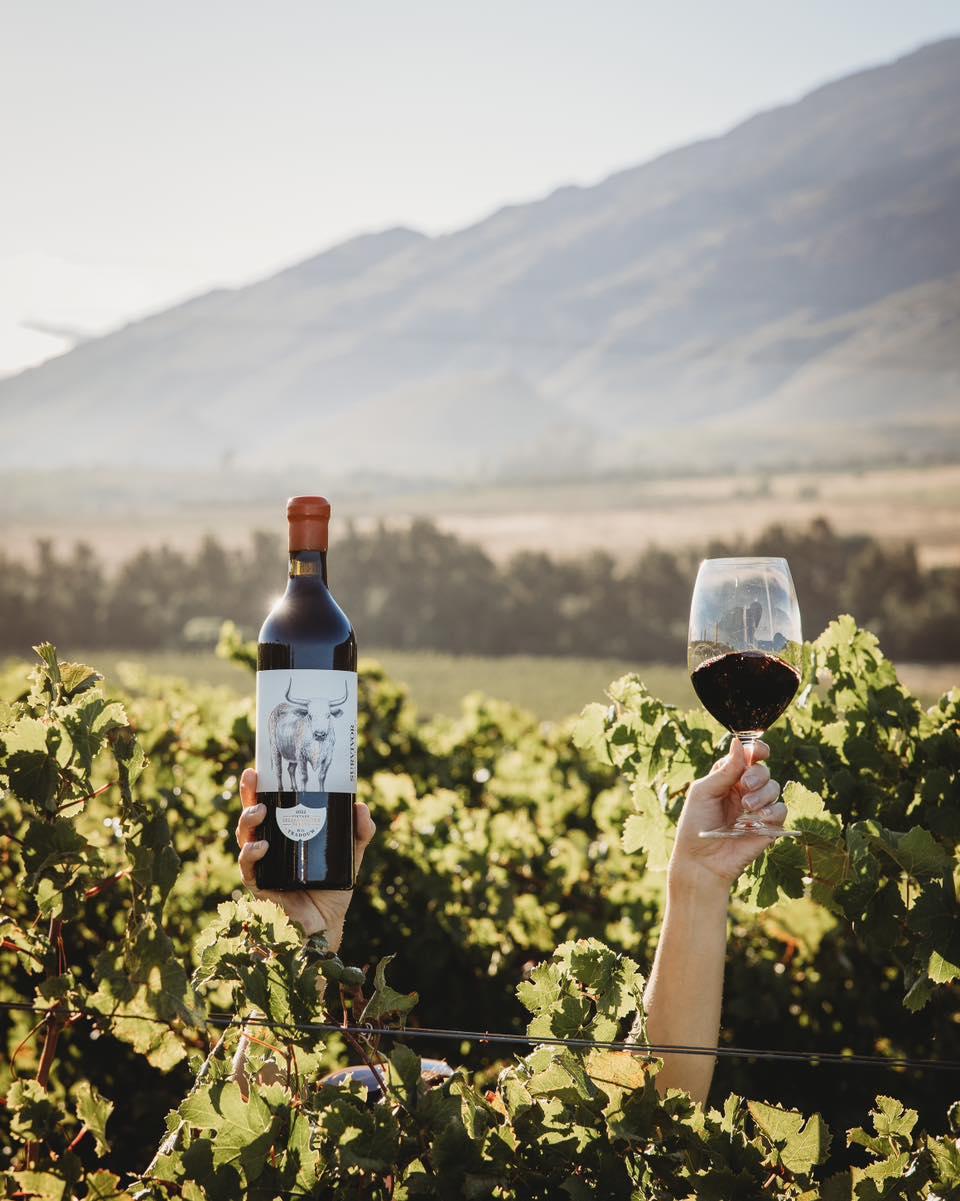Pinotage – the gold of South Africa
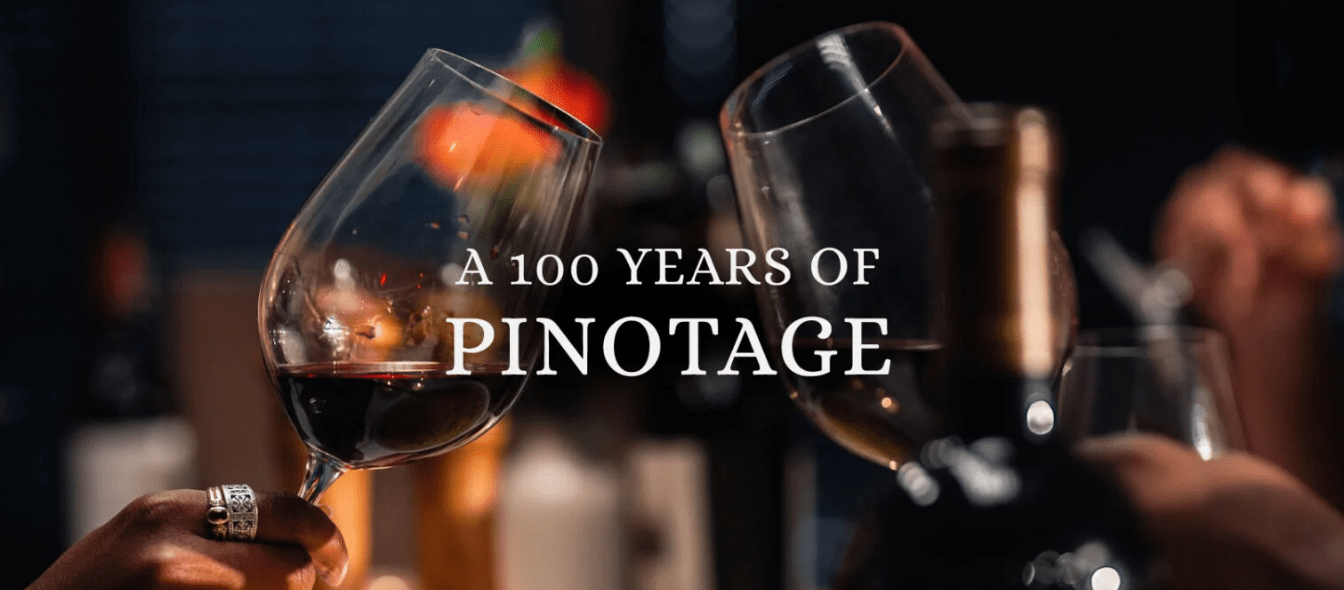
In 2025, South Africa will celebrate the centenary of Pinotage, a variety that has become a true symbol of the nation’s winemaking identity. Created in 1925 by Professor Abraham Izak Perold through a crossing of Pinot Noir and Cinsaut (then known locally as Hermitage), Pinotage embodies a distinct South African soul.
The history of Pinotage reads almost like a detective story. Perold planted the first seeds, but they were soon forgotten. Years later, his colleague discovered the neglected seedlings and transplanted them in the Stellenbosch region. The first commercial Pinotage wine was produced only in 1941.
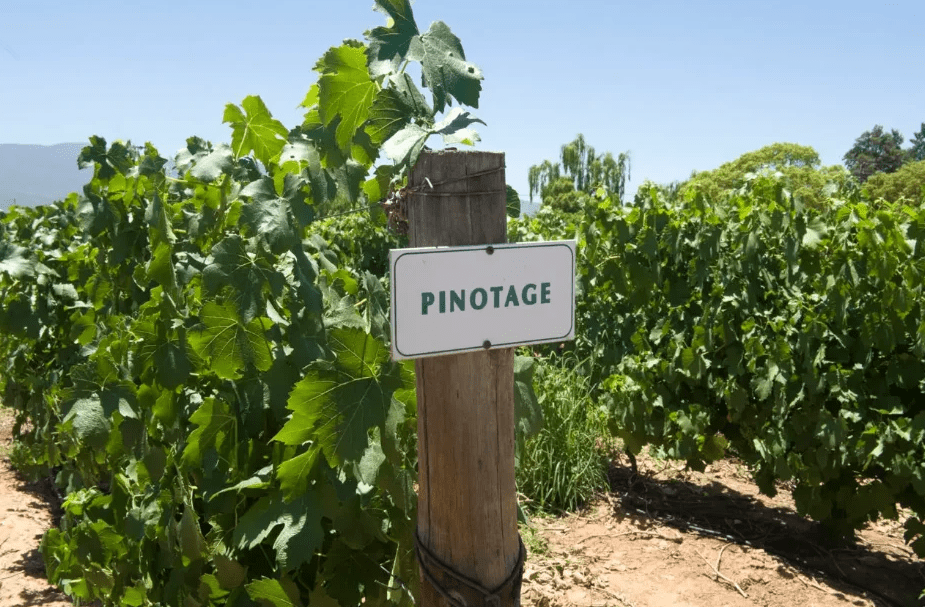
Pinotage made its international debut in 1964, when New Zealand’s Corbans winery released the first vintage outside South Africa. But in 1976, the Masters of Wine group delivered a harsh verdict, declaring that the variety had “no future.” This slowed its progress for more than a decade. Still, Pinotage quietly traveled abroad, taking root in California, Canada, Israel, and beyond.
A turning point came in 1991, when Beyers Truter of Kanonkop was named International Winemaker of the Year at the International Wine & Spirit Competition in London – an accolade that catapulted Pinotage onto the global stage.
The early years were not without challenges: winemaking missteps led to some uninspiring examples. But in recent decades, Pinotage has experienced a remarkable revival. Today, it no longer speaks with a single voice, but with a chorus of styles. Modern Pinotage ranges from elegant and refined to bold and powerful, attracting a new generation of winemakers eager to explore its full potential.
As Anri Truter of the Beyerskloof winemaking dynasty observes: “Pinotage was born in the right country. It reminds us of South Africans: resilient, adaptable, and proud. Some Pinotages today can compete with the best wines in the world.”
The Different Faces of Pinotage
Pinotage has been given a new lease on life. Today, it spans a wide spectrum from juicy, fruit-forward wines to structured, cellar-worthy bottlings with impressive aging potential.
“Pinotage is very versatile,” says Marius Prins, production manager at Swartland Winery. “Our winemakers use their experience in the vineyard and cellar to bring out its best qualities.”
At Wolf & Woman Wines, Jolandie Fouché approaches the variety with care: “If you treat Pinotage with the right respect, it will reciprocate.” Her expressive, low-alcohol wines combine the elegance of Pinot Noir with the charm of Cinsaut, honoring Pinotage’s lineage while offering a distinctly modern style.
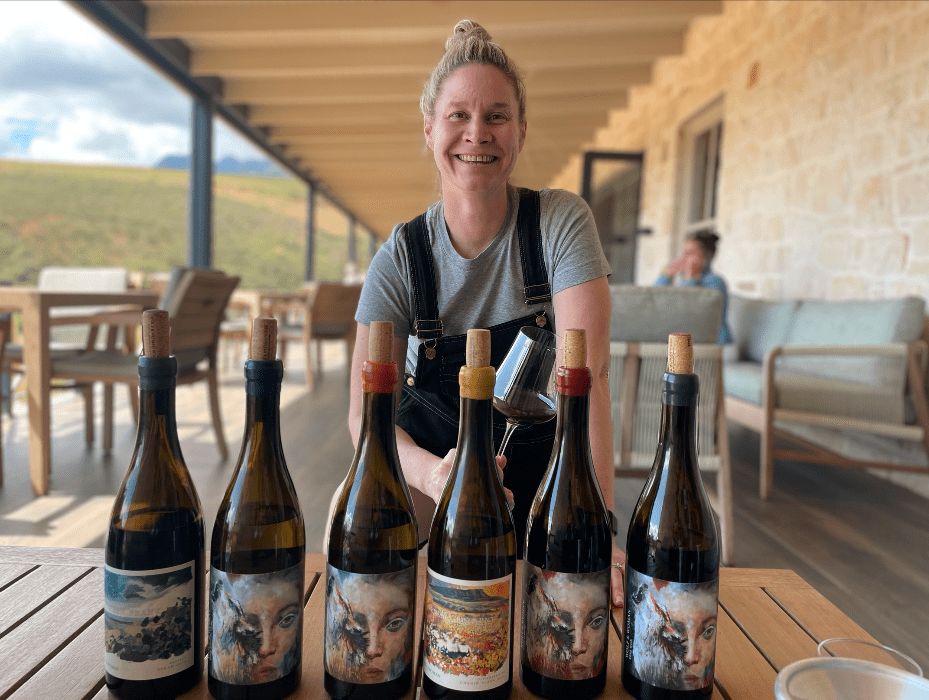
Dirk Coetzee of L’Avenir in Stellenbosch emphasizes: “It may not be the easiest variety to work with, but when handled correctly, Pinotage produces wines with great character and incredible purity of fruit. It’s important to let the vine and the terroir speak.”
From vibrant wines with fresh, carbonic character to refined rosés, classic age-worthy reds, and innovative blends, modern Pinotage is breaking all stereotypes.
A Taste of the Country in a Glass
One of Pinotage’s greatest strengths is its ability to capture the nuances of South Africa’s diverse terroirs.
“The vineyard has to speak through the wine,” says Pierre Wahl of Survivor Wines. “In cooler regions like Hemel-en-Aarde, Pinotage takes on a character reminiscent of Pinot Noir. Granite soils add aroma and minerality, while slate soils bring elegance and a hint of cool-climate freshness.”
Modern viticulture is also helping to rewrite the story of Pinotage. Dirk Kotzé explains: “I work with different slopes – some vineyards are bush vines, others are on trellises. Certain areas give minerality, others structure. My task is to combine these components in harmony.” In his view, modern Pinotage should be light and restrained, reflecting the character of the vineyard itself.
Henri Truter agrees, noting that bush vines with thick skins and natural balance are ideal for premium wines, while trellised vineyards are perfect for lighter, everyday styles. “The advantage of Pinotage,” he adds, “is that even bush vines produce a generous harvest without losing quality.”
This sensitivity to place continues in the cellar. Cold maceration for gentle extraction, discreet use of new oak, and alternative vessels such as amphorae and concrete “eggs” all contribute to more refined wines that clearly express terroir.
“New oak is also in use,” says Wade Roger-Lund of Meerendal. “But its role is to support, not dominate. I prefer light-toasted, larger barrels to preserve freshness.”
A New Legacy
As it celebrates its centenary, Pinotage has become a symbol of perseverance, creativity, and national pride.
For years, the variety was haunted by the stereotype of a so-called “burnt rubber” character. “There was never a problem with Pinotage itself,” insists Jolandi Fouché. “It was a matter of winemaking. Burnt rubber is a defect. Unfortunately, it became associated with the variety.”
Dirk Kotzé agrees: “We grew up, we understood our mistakes, and the recovery has been incredible. Twenty-five years ago, there were only a handful of great Pinotage plots; today, there are dozens.”
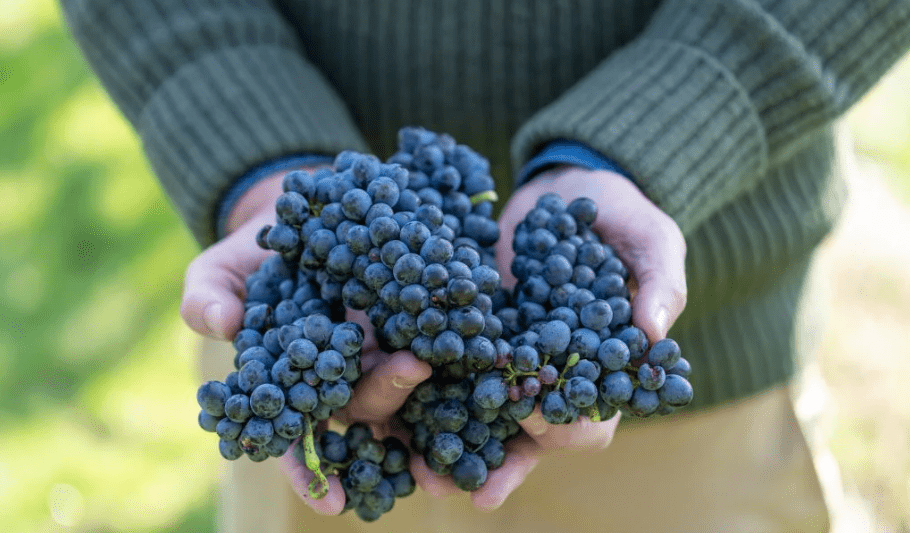
Wade Roger-Lund likens Pinotage’s journey to the rebirth of South Africa’s national rugby team: “It deserves respect. Pinotage should be on the world stage.”
That transformation has gained momentum thanks to international recognition. “Tim Atkin has become a big fan,” notes Fouché. “And Clare Nesbitt of James Suckling’s team ranked Pinotage 23rd in the Top 100 South African Wines 2024. That kind of recognition opens new doors.”
Roger-Lund has also seen how gracefully Pinotage can age: “The 1969, 1970, 1972, 1974, 1978, and 1982 vintages from Meerendal still impress with their freshness and liveliness. When you come across the perfect cork and bottle, it’s a real miracle.”
For Kotzé, the history of Pinotage is deeply personal: “I lost my father early and had to learn and understand a lot on my own. Pinotage has that same fighting spirit – it demands research, patience, and creativity. It may require more persistence than other varieties, but it rewards those who persevere.”
And the research doesn’t end in the cellar. Nondumiso Pikashe of Ses’Fikile Wines encourages a broader, cultural view of the grape: “We all grew up in different gastronomic environments, and our taste associations are different. For me, as a Xhosa woman, Pinotage pairs beautifully with umngqusho*, stewed beef stomach and vegetables. It can adapt to any cuisine.”
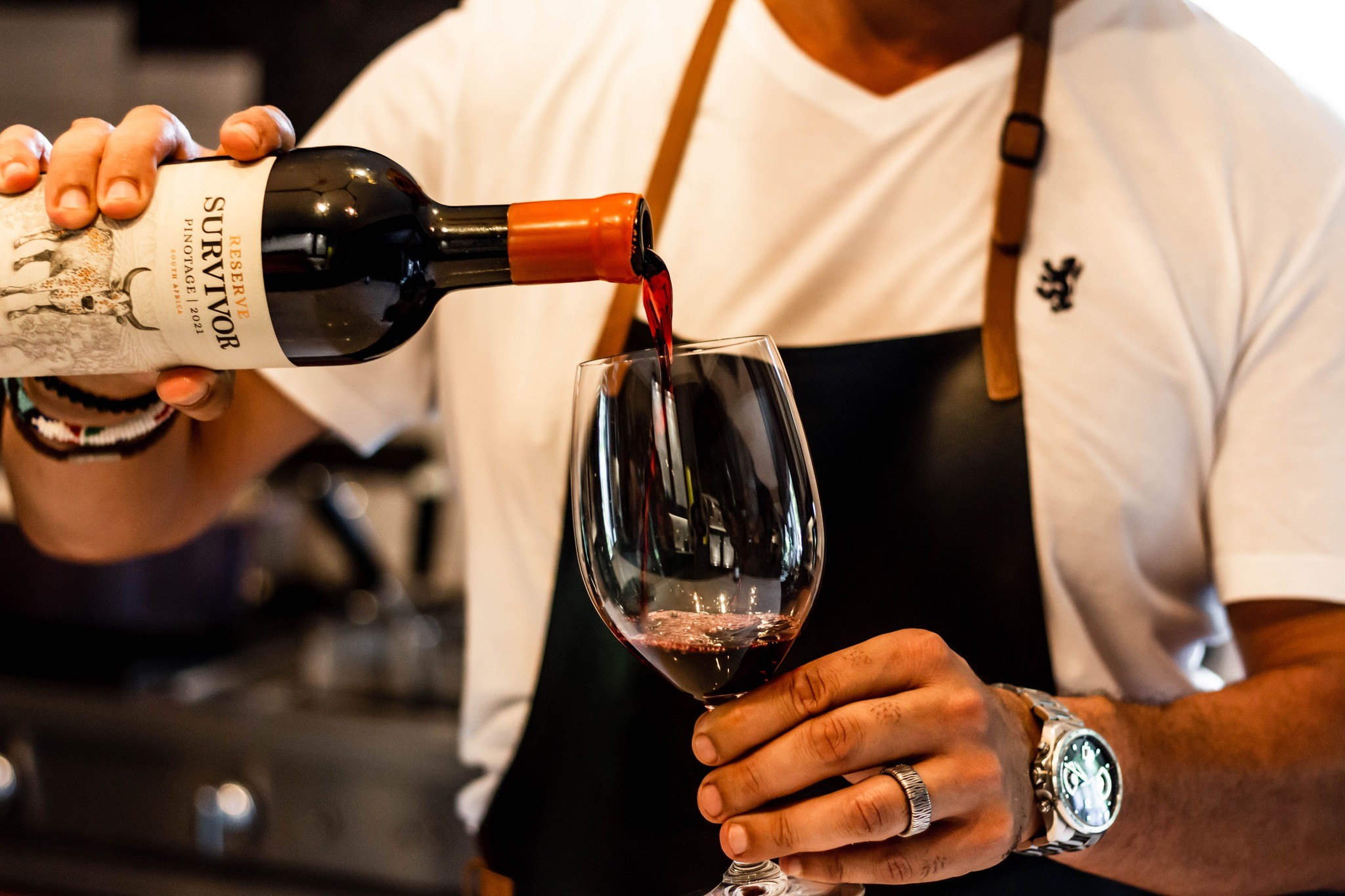
For Fouché, Pinotage is a treasured heirloom: “I’m one of those people who values things like a photo of my grandfather or a teapot from my great-grandmother. That’s how I feel about Pinotage – it’s part of our heritage, full of pride and emotion.”
A Toast to the Next Hundred Years
As Pinotage enters its second century, it stands as a proud ambassador for South African wine – the embodiment of the land, the people, and their indomitable spirit.
“It is important to us to share it with the world,” says Jolandi Fouché. “It is as much ours as a koeksister (a sweet, braided pastry – editor’s note) or a milk tart (a traditional South African dessert – editor’s note) – it is our pride.”
Nondumiso Pikashe echoes this sentiment: “Pinotage inspires hope and offers a bright future for our multicultural, diverse, and beautiful country.”
And to conclude, the words of a remarkable woman who shares her birth year with Pinotage – Madame May-Eliane de Lencquesaing, owner of Château Pichon Longueville Comtesse de Lalande, a Grand Cru Classé from Pauillac, Bordeaux, and of Glenelly Estate in Stellenbosch:
“I was first introduced to Pinotage in 1988 when I visited South Africa with a delegation from Bordeaux. We were surprised by this “new cultivar” compared to the likes of Cabernet, Merlot, and Syrah. It was so different and unusual from what I was used to in Bordeaux, and we left most impressed. I think Pinotage is a most interesting varietal – it is homegrown with no debate over its origin: it is truly South African. It is unique in the world of wine, with few other examples of the variety outside of South Africa, and due to this fact, you can shape and create the style of the wine – a unique offering indeed. Now that I’m living and making wine in South Africa, I have a greater appreciation for the importance of Pinotage and great Pinotages in South Africa’s distinguished wine history.”
__________________
*Umngqusho is a traditional dish of the Xhosa people of South Africa. It is made from white maize (dried or ground into coarse pieces) and dried beans. It is often slow-simmered until tender, sometimes with the addition of vegetables, spices, or meat.
Stay connected with Wine Travel Awards:
- Facebook: https://www.facebook.com/WineTravelAwards/
- Instagram: https://www.instagram.com/winetravelawards
- LinkedIn: https://www.linkedin.com/company/winetravelawards/
Source: pinotage.co.za
Photos: wineenthusiast.com, facebook.com/Beyerskloof, facebook.com/LAvenirEstate, facebook.com/SurvivorWines, news24.com, bravenewworld.wine
